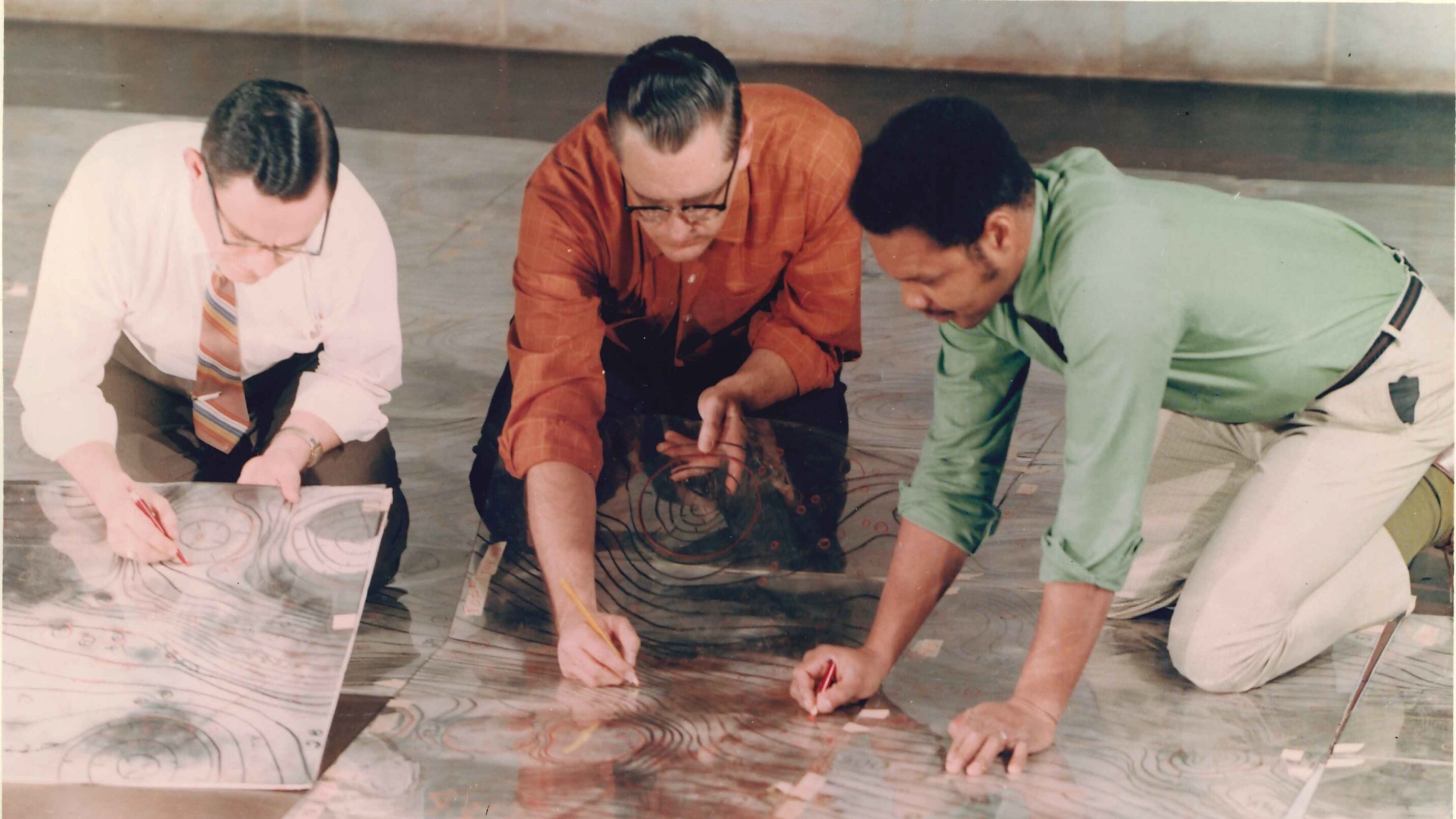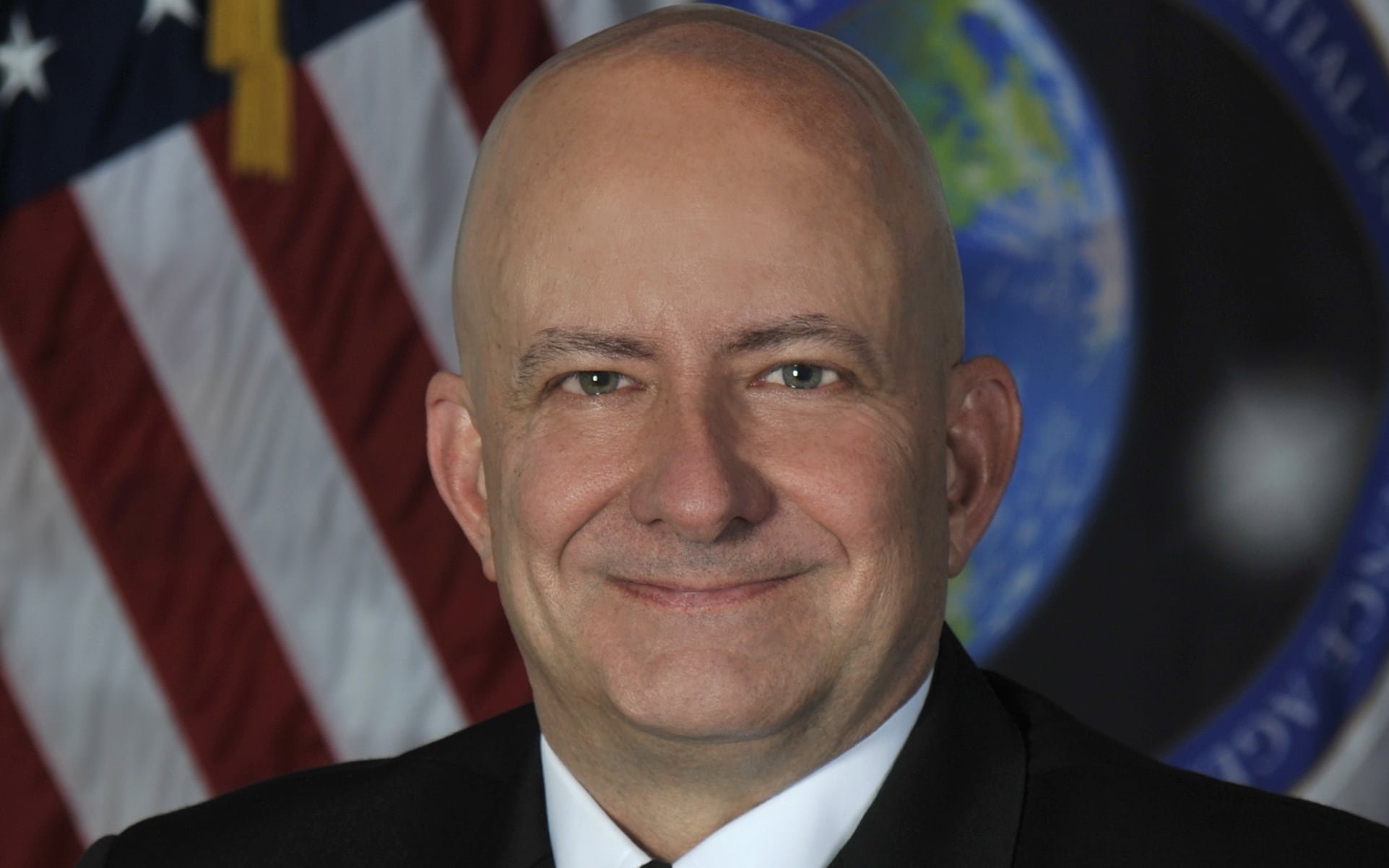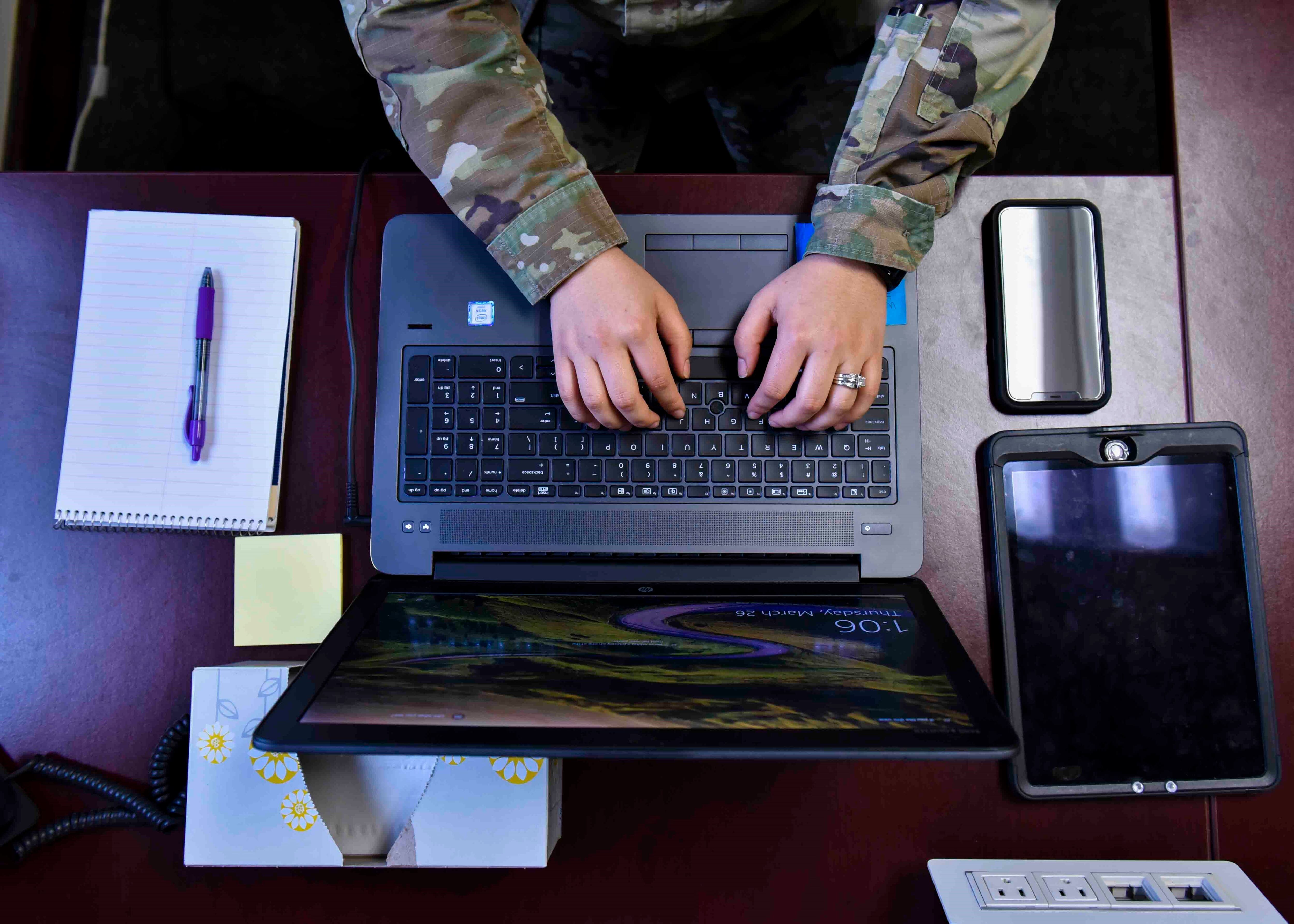The intelligence agency charged with mapping the world is pushing more work to the unclassified level as its employees adapt to working from home.
“We immediately started to reposture and reposition our force as COVID-19 really took hold here and the government started responding,” said Vice Adm. Robert Sharp, the director of the National Geospatial-Intelligence Agency, during the inaugural webinar of USGIF’s virtual GEOConnect series.
The NGA is in charge of producing geospatial intelligence and mapping data for the intelligence community, war fighters and policy makers. While much of its work is generally conducted in a classified environment, Sharp said the agency is trying to do more work at the unclassified level so that employees can continue to fulfill their mission while working from home.
“The big change for us was pushing a lot of people out of the building (...) and then taking some efforts to connect those individuals. So we completely revamped our unclassified infrastructure and our folks did a miraculous job and upgraded our capabilities, increasing bandwidth available,” he said. “Another thing we’re doing is taking full advantage of commercial products and commercial imagery and revising some of our workflows so that we can start to do some of our mainstream work at the unclassified level.
RELATED

In some cases, that means NGA employees can do much of the work on a product at the unclassified level before the final touches are added at higher classification levels.
One example of the unclassified work analysts can do from home is the data processing needed to develop machine learning tools. In order for a machine learning tool to be useful, it needs to be fed training data. From home, analysts have been able to do the data labeling and computer visualization needed to feed the machine learning algorithm, said Sharp.
The NGA has taken a number of steps to help its workforce begin working from home, including hosting weekly virtual town halls.
“We formed teams that can help them online and work through the difficulties of connecting, and we’re exploring a bunch of new tools,” said Sharp.
In addition, the agency has pushed out 7,000 Common Access Card readers to its workforce. Those CAC readers allow NGA workers to use some intelligence networks and systems from home, and Sharp said the agency is working to push out 11,000 CAC readers in total.
RELATED

The push for more employees to work from home has also extended to contractors.
“We have a ton of different contracts and they all have different legal language in them, but our team has been aggressive in leaning forward so that we can protect and preserve our contracting force while meeting our mission critical needs. We’ve been working with all the companies and encouraging as much flexibility as we can have,” said the director. “We were early on to say if your contract allows you to work from alternate sites and that’s what you want to do, then let’s do that.”
Sharp went on to say that the agency was working with companies to incorporate the ability to telework into existing contracts.
And while these actions were required as a reaction to the COVID-19 situation, Sharp expressed optimism that some changes would become permanent.
“I’ve been real pleased with the way that the workforce is taking advantage of this time to explore new ways of doing business,” he said. “Some of those things are going to become the new norm for us.”
Nathan Strout covers space, unmanned and intelligence systems for C4ISRNET.








